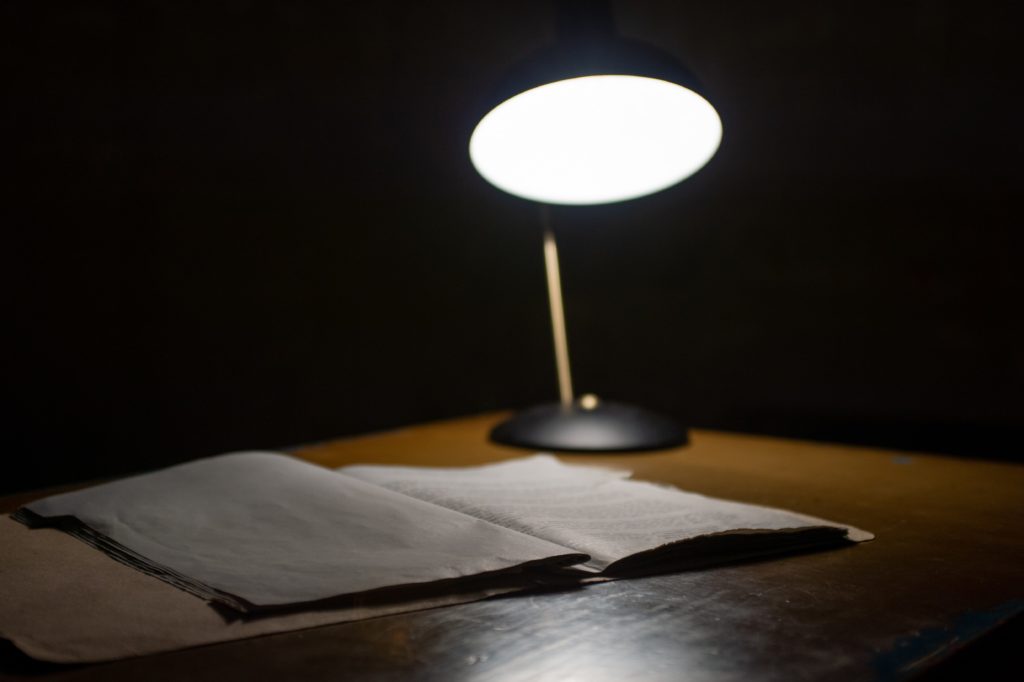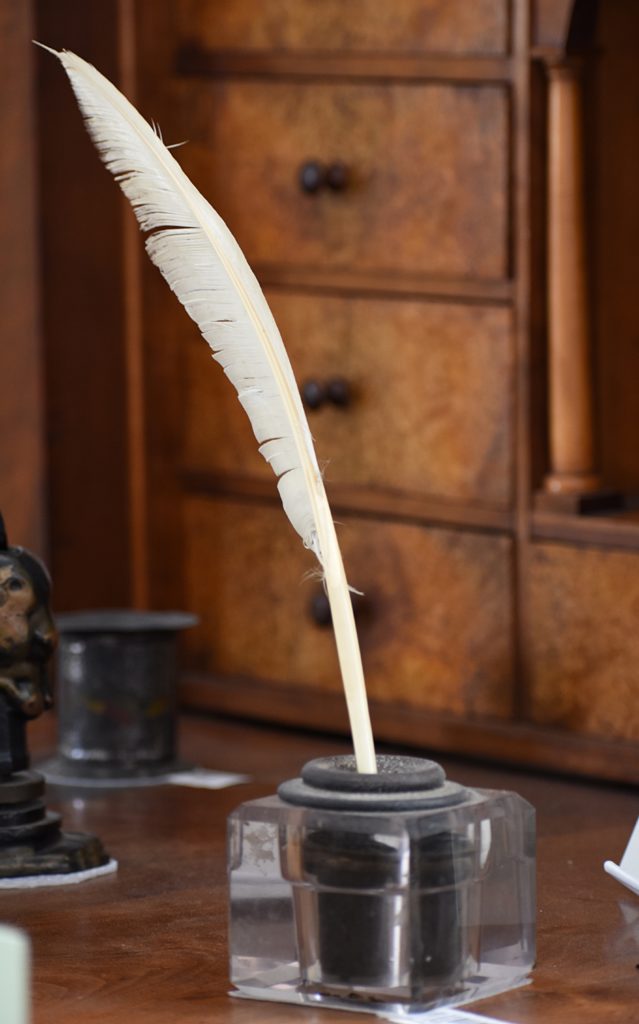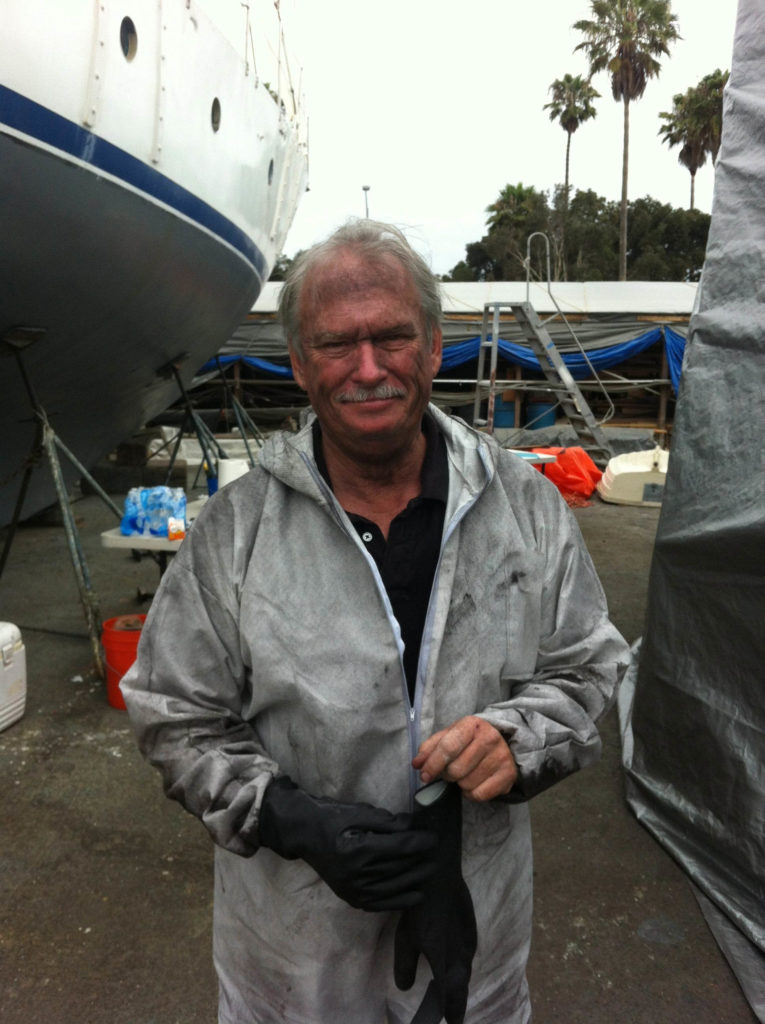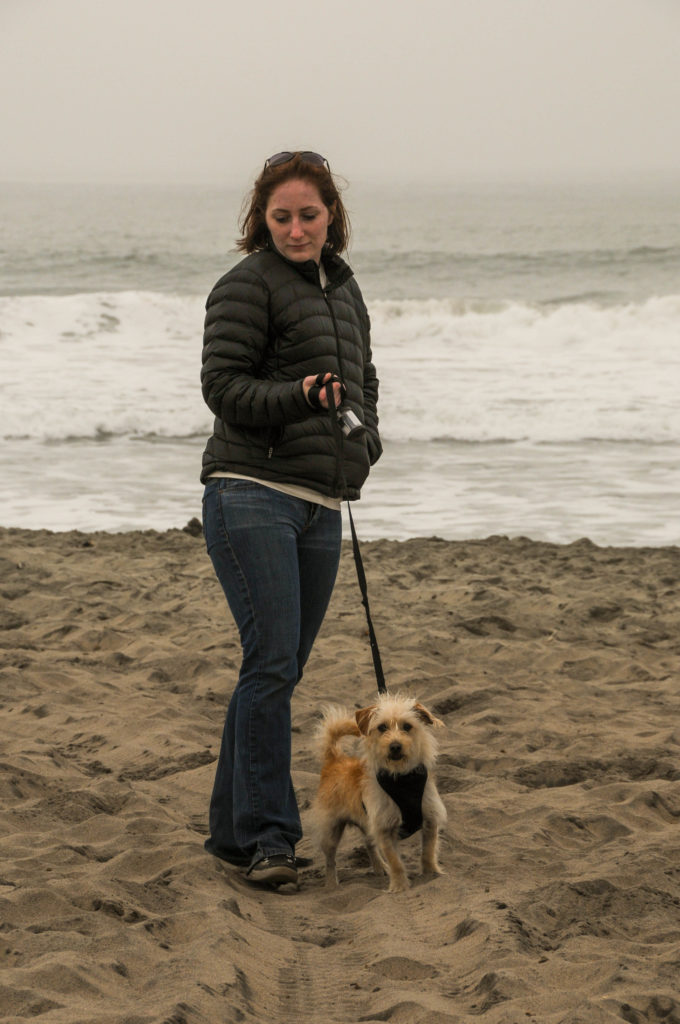
There is so much we don’t know about the life of Jesus. The gospels only record a tenth of it (Three years out of 33, and most of the focus of the gospels is on the last week!) What was Jesus like growing up? Luke describes his childhood: “And he went down with them and came to Nazareth and was submissive to them. And his mother treasured up all these things in her heart. And Jesus increased in wisdom and in stature and in favor with God and man” (Luke 2:51 – 52). Wouldn’t you like to know more?
I believe Jude, perhaps the youngest brother of Jesus, was going to do just that. He begins his short epistle: “Beloved, although I was very eager to write to you about our common salvation …” What is our “common salvation” if not Jesus? I think Jude was preparing to write a life of Jesus – a gospel – when something more important came up. He writes:
Beloved, although I was very eager to write to you about our common salvation, I found it necessary to write appealing to you to contend for the faith that was once for all delivered to the saints (verse 3).
Of course, contending for the faith doesn’t mean be contentious for the faith! I have noticed a strange phenomenon among the saints. We are required to be loving and kind to our brothers – even if we disagree on matters of opinion. However, it seems as if we can elevate our dispute to a point of doctrine, then our opponent becomes a heretic, and we can be as nasty as we like (or so they feel). That is manifestly not what Jude is teaching!
Jude’s little letter is carefully crafted in the form of a chiasm. The Greek letter Chi looks like an X, and a chiasm is an argument in the form ABBA. The first subject, A, is introduced, then the second subject, B. Then B’ is explained before returning to the original topic A. In Jude, A is an appeal to “contend for the faith.” B follows in verse 4, “For certain people have crept in unnoticed who long ago were designated for this condemnation, ungodly people, who pervert the grace of our God into sensuality and deny our only Master and Lord, Jesus Christ.” Now Jude expands B by explaining who these people are and what they are like (vv. 5 – 19). The conclusion, A repeated, describes how we are to contend for the faith (vv. 20 – 23):
But you, beloved, building yourselves up in your most holy faith and praying in the Holy Spirit, keep yourselves in the love of God, waiting for the mercy of our Lord Jesus Christ that leads to eternal life. And have mercy on those who doubt; save others by snatching them out of the fire; to others show mercy with fear, hating even the garment stained by the flesh.
Jude teaches us if you want to “contend for the faith” first, look to yourself! Build yourself up, pray in the Spirit, stay in the love of God, and wait for the mercy that leads to eternal life. Then you are ready to “have mercy on those who doubt” by showing “mercy with fear, hating even the garment stained by the flesh.”










